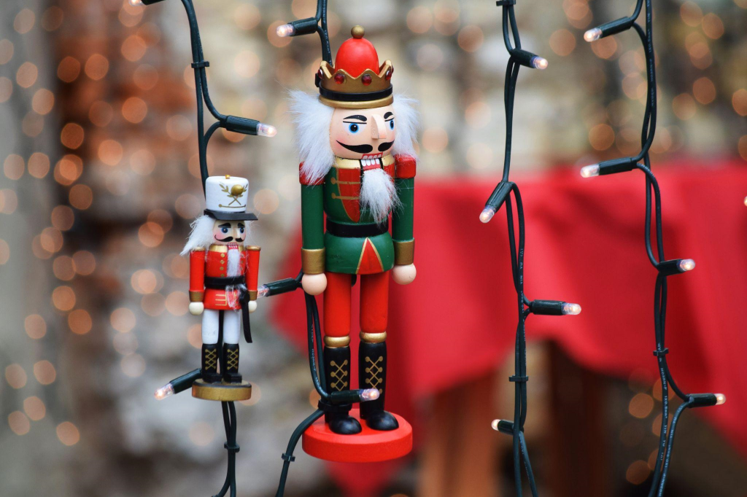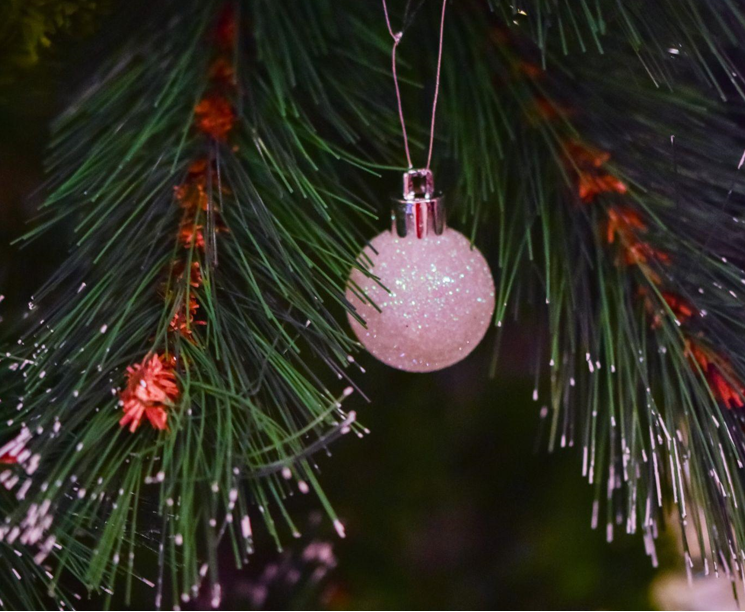The History of Christmas Wreaths
Christmas wreaths have been a symbol of joy and celebration for centuries. Their circular design signifies eternity, reflecting ancient traditions and beliefs. Evergreen branches, commonly used, represent life and perseverance throughout the harsh winter months. Wreaths were initially a symbol during pre-Christian and Roman festivals before being embraced by Christmas traditions.
By the Middle Ages, wreaths adorned homes as a festive decoration and a mark of faith. Over time, these decorations became more elaborate, with ribbons, berries, and lights adding charm and spirit. Today, you can find pre-lit artificial Christmas trees beautifully paired with wreaths, enhancing seasonal decor effortlessly.
A Connection to Easter and Passover
Though Christmas wreaths may seem tied exclusively to winter, their connection to springtime festivals like Easter is apparent in their symbolism of renewal. During Easter, Christians celebrate resurrection and new beginnings, paralleling the wreath’s representation of eternal life.
Similarly, Passover, celebrated in the Jewish tradition, marks freedom and deliverance. While wreaths aren’t a direct symbol in Passover, enduring faith and renewal themes are shared. Just as Passover and Easter bring families together in spring, holiday decor, including wreaths and pre-lit artificial Christmas trees, unites loved ones in the winter months.
Both Easter and Passover help remind us to cherish traditions, create memories, and celebrate life’s meaningful moments.
Making the Season Bright
Whether it’s your tree’s glow or your wreath’s craft, holiday decorations are more than aesthetics. They’re part of a time-honored tradition, enriching our homes with meaning and warmth that resonate across many seasonal festivals.




